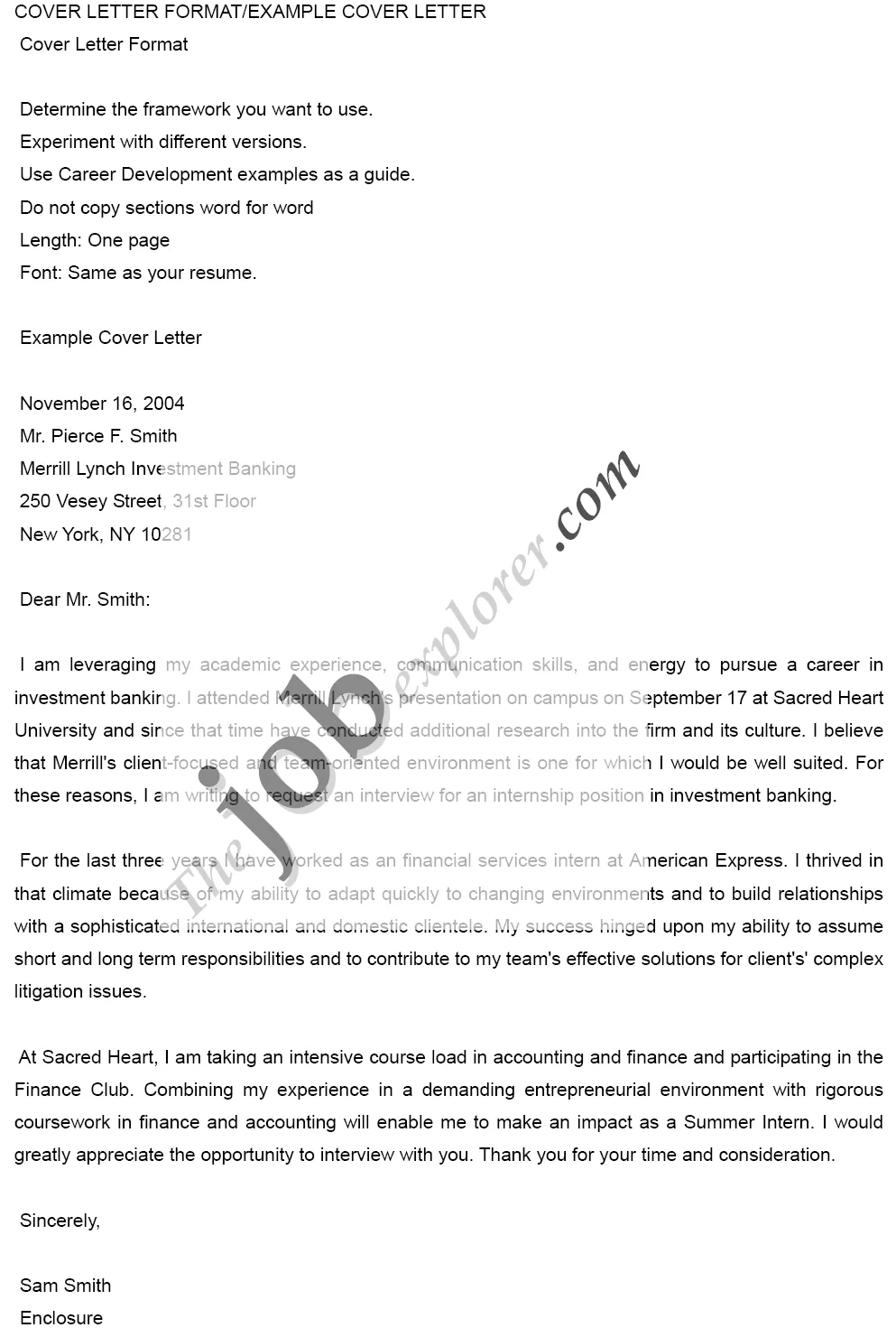What is a Cover Letter
A cover letter is a crucial document that accompanies your resume when applying for a job. It serves as an introduction, providing potential employers with a concise overview of your skills, experience, and qualifications. Unlike your resume, which offers a factual summary, a cover letter allows you to elaborate on your suitability for the specific position, demonstrate your enthusiasm, and showcase your personality. It is your opportunity to make a strong first impression and persuade the hiring manager to read your resume and consider you for an interview. A well-crafted cover letter can significantly increase your chances of landing an interview.
Why Cover Letters are Important
Cover letters are incredibly important in the job application process. Many hiring managers consider them essential, as they provide context to your resume and allow you to highlight specific achievements relevant to the job. They demonstrate your communication skills, attention to detail, and genuine interest in the company and the role. Skipping the cover letter could mean missing an opportunity to clarify your qualifications, explain career gaps, or personalize your application, making it difficult for you to get noticed by the recruiter.
The Importance of a Cover Letter
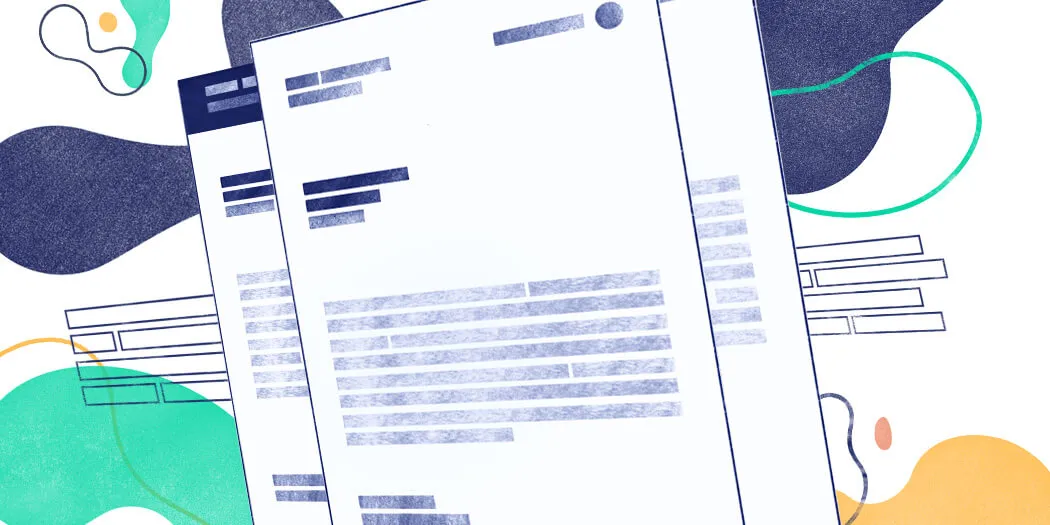
A cover letter allows you to tailor your application to the specific job and company. This personalization showcases your dedication and understanding of the role’s requirements. By connecting your skills and experiences to the job description, you make it easier for the hiring manager to see how you can contribute to their team. Moreover, a strong cover letter shows that you have taken the time to research the company and understand its values, culture, and mission, which is a crucial factor when a candidate is selected.
The impact of a cover letter
The impact of a cover letter should not be underestimated. A well-written letter can be the deciding factor between you and another candidate. It provides an opportunity to tell your story and demonstrate your value proposition. It also demonstrates your writing skills and attention to detail, which are important in many professional settings. Your cover letter allows you to control the narrative around your application, allowing you to address any potential concerns and emphasize your key strengths. It’s an opportunity to go beyond the facts and sell yourself as the perfect candidate.
5 Cover Letter Format Tips for Success
Creating a successful cover letter requires careful attention to format and content. Here are five essential tips to help you create a compelling cover letter that grabs the attention of potential employers and increases your chances of landing an interview.
Keep it Concise
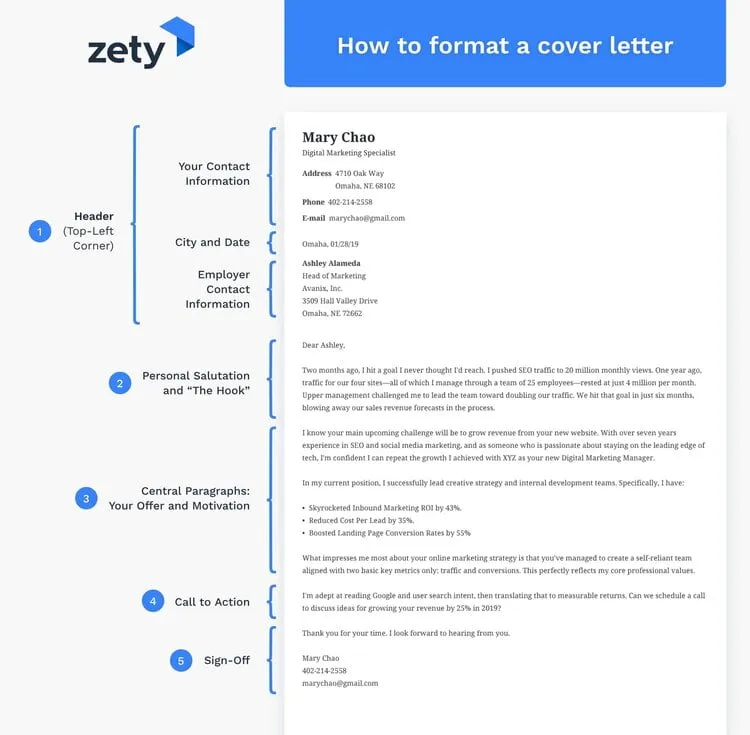
Keep your cover letter concise and to the point. Hiring managers are busy and often have limited time to review applications. Aim for a single page, and avoid overly long paragraphs. Focus on the most relevant information and highlight your key qualifications. Be specific and avoid vague statements. Use action verbs to describe your accomplishments and quantify your achievements whenever possible. A well-structured and easy-to-read cover letter demonstrates your respect for the reader’s time and your ability to communicate effectively.
Use the Right Tone
The tone of your cover letter is critical. It should be professional, yet enthusiastic and engaging. Avoid sounding overly formal or stiff. Instead, strive for a tone that is friendly and approachable. Show your personality and let your enthusiasm for the job shine through. Research the company culture and tailor your tone to align with their values. Remember, you want to create a positive impression, so avoid negative language or complaints about previous employers. Always maintain a professional demeanor throughout the entire letter.
Highlight Your Achievements
Rather than simply listing your responsibilities, focus on your accomplishments and how you have made a positive impact in previous roles. Use specific examples to demonstrate your skills and quantify your achievements whenever possible. For example, instead of saying “Managed social media accounts,” you could say “Increased social media engagement by 30% within six months.” This approach allows potential employers to visualize your capabilities and understand the value you can bring to their company. Use the STAR method (Situation, Task, Action, Result) to structure your examples and make them more impactful.
Match the Format to the Job
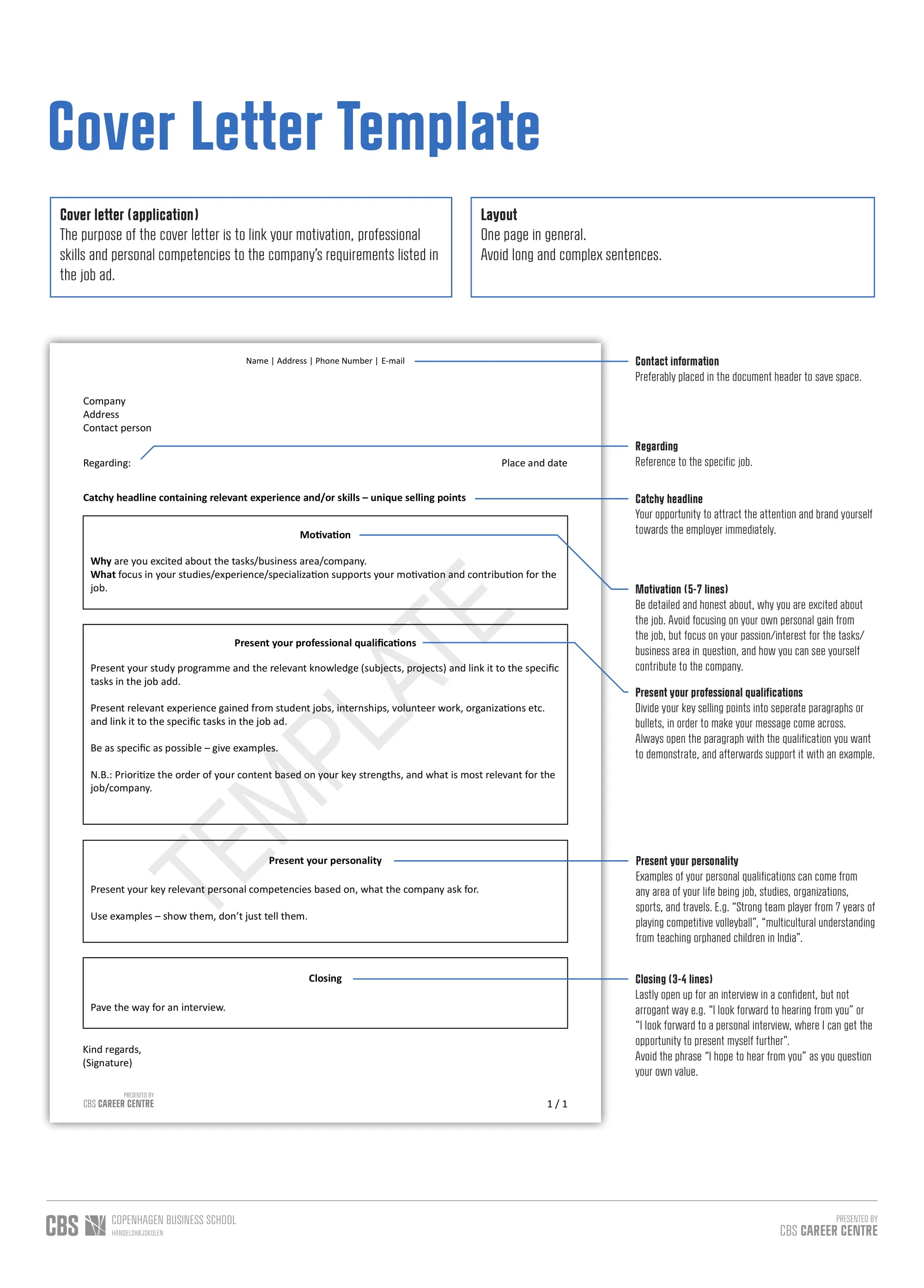
Tailor your cover letter to each specific job you apply for. Customize your letter by mentioning the specific requirements and skills listed in the job description. Show the hiring manager that you understand the role and are genuinely interested in the company. Research the company and personalize your letter to show you know what they do and what their values are. By tailoring your cover letter to match each job, you demonstrate your attention to detail and your commitment to finding the right fit.
Proofread, Proofread, Proofread
Proofreading your cover letter is paramount. Typos, grammatical errors, and formatting inconsistencies can damage your credibility and undermine your chances of getting an interview. Carefully read your cover letter multiple times, looking for any mistakes. Use a grammar checker, but don’t rely on it entirely; it can sometimes miss subtle errors. Ask a friend or family member to review your letter. A second pair of eyes can often catch mistakes you might miss. A polished and error-free cover letter demonstrates your professionalism and attention to detail.
Cover Letter Formatting: Key Elements
A well-formatted cover letter is essential for making a positive first impression. Here are the key elements to include in your cover letter and the best practices for formatting each section.
Header
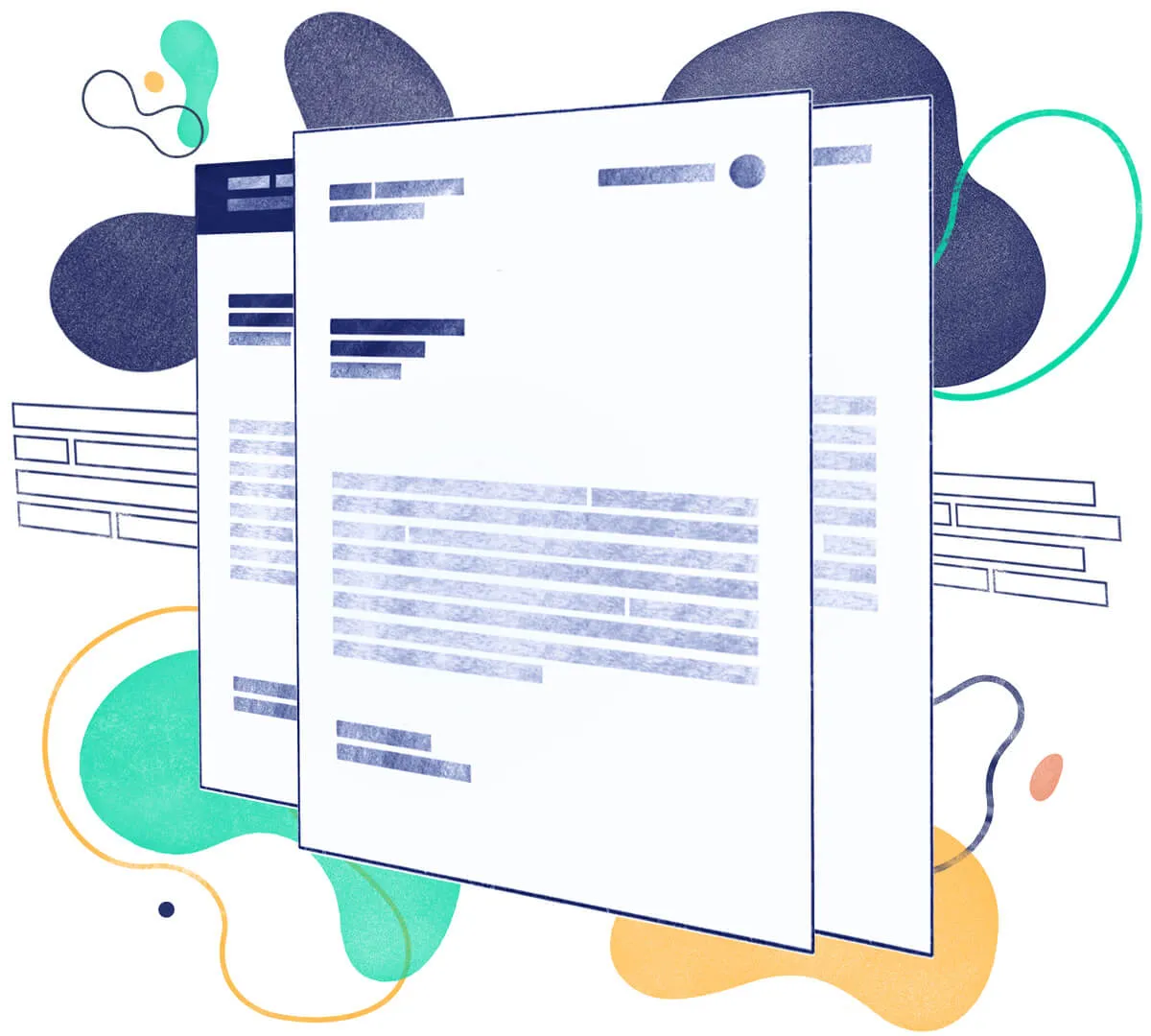
The header should include your contact information: your name, phone number, email address, and optionally, your LinkedIn profile URL. Make sure the header is consistent with the information on your resume. Also, add the date and the hiring manager’s name and address (if known). Keep the header clean and organized, allowing the hiring manager to easily find your contact details. Use a professional font such as Arial, Calibri, or Times New Roman with a font size between 10 and 12 points.
Salutation
Address your cover letter to a specific person whenever possible. If you can find the hiring manager’s name (e.g., through LinkedIn or the company website), use it in the salutation (e.g., “Dear Mr. Smith”). If you can’t find a specific name, “Dear Hiring Manager” is a safe alternative. Avoid generic greetings such as “To Whom It May Concern,” as they can make your letter seem impersonal. Ensure you spell the name correctly and use the appropriate title.
Body Paragraphs
The body paragraphs are the heart of your cover letter. Start with a compelling opening paragraph that states the position you are applying for and how you learned about it. In the following paragraphs, highlight your most relevant skills and experiences, connect them to the job requirements, and demonstrate your understanding of the company and the role. Use the STAR method to provide specific examples that showcase your achievements. Keep each paragraph focused and concise. Use action verbs and quantify your achievements where possible.
Closing
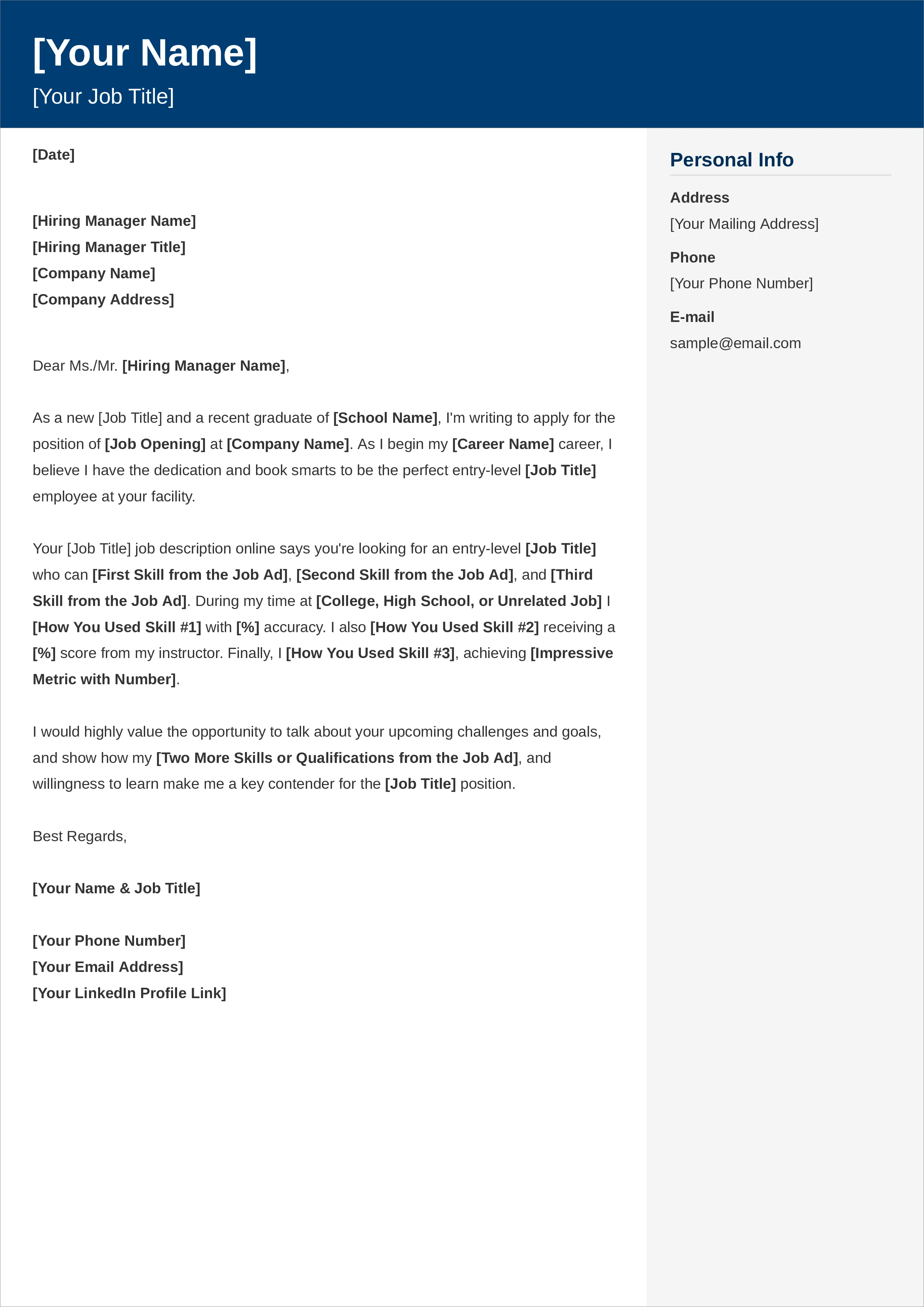
Your closing paragraph should reiterate your interest in the position and express your enthusiasm for the opportunity. Thank the hiring manager for their time and consideration. Clearly state your desire for an interview and how they can reach you. Keep it concise and professional. Avoid overly enthusiastic or desperate language. End with a confident and positive note, emphasizing your readiness to discuss your qualifications further.
Sign-off
Use a professional sign-off, such as “Sincerely,” “Best regards,” or “Thank you.” Ensure the sign-off matches the tone of your letter. Leave a few lines of space for your signature if you are printing and mailing a hard copy, then type your full name. If submitting electronically, simply type your full name. Maintain a professional and consistent style throughout the entire document.
Cover Letter Examples
Reviewing cover letter examples is a helpful way to understand the best practices for formatting and content. Search online for templates and examples tailored to your industry or the specific roles you are applying for. Pay close attention to the structure, tone, and language used in the examples. Adapt the examples to your own situation and experiences. However, avoid simply copying a template; personalize each cover letter to reflect your unique skills and qualifications. Analyzing examples provides valuable insight and helps you create a compelling and effective cover letter.
